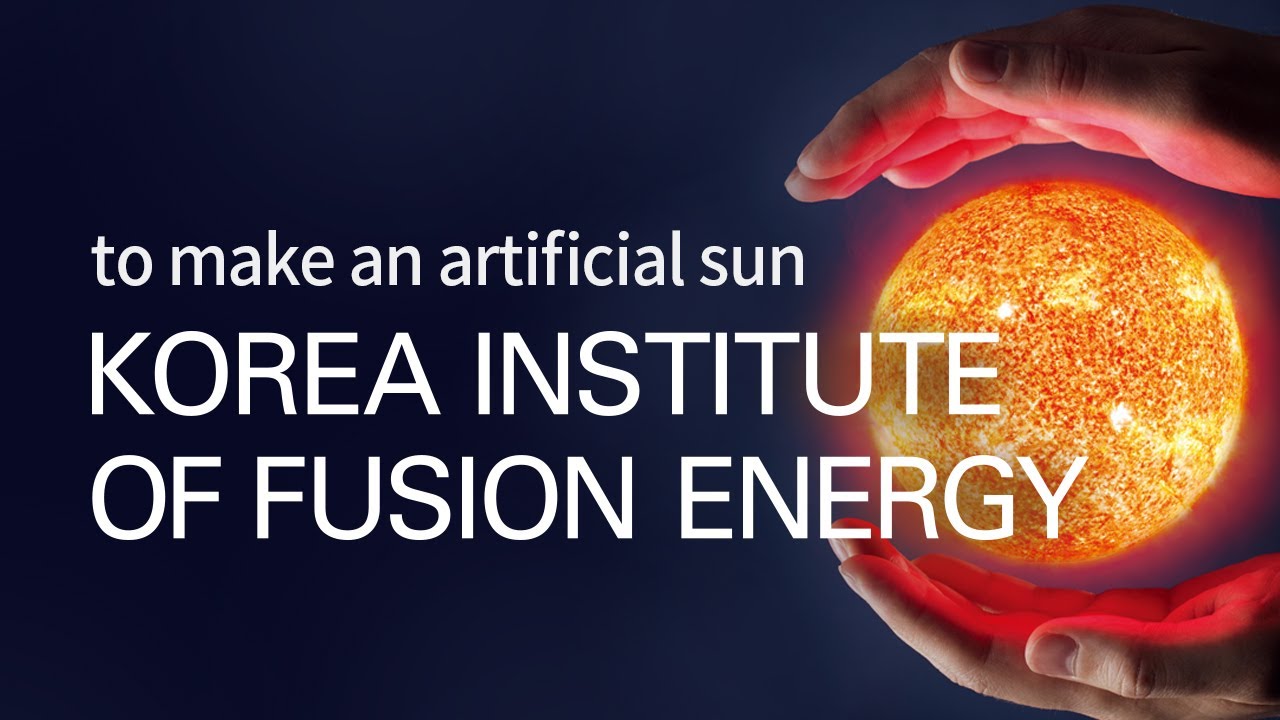I have been posting a lot of articles about advances in nuclear fusion. If a commercial nuclear fusion reactor can be developed, it should solve a lot of problems by supplying cheap, zero-carbon, non-polluting energy to the world.
The Korea Institute of Fusion Energy (KIFE) has just set a new record in their fusion research by operating at one million degrees and maintaining super-hot plasma for thirty seconds. This beats their previous record by ten seconds. The tokamak reactor utilized for the record setting run is the Korea Superconducting Tokamak Advanced Research (KSTAR). This reactor is known informally as Korea’s artificial sun.
Nuclear fusion uses the same reaction that the Sun and other stars use to produce their limitless amounts of energy. Scientists are exploiting that same process via nuclear fusion reactors called tokamaks. These reactors use powerful magnets to control and stabilize the plasma that is burning at millions of degrees. This allows atoms to collide and form a heavier nucleus. According to theory, this will ultimately produce huge amounts of sustainable energy. The world will be able to reduce its reliance on fossil fuels and reverse some of the worse effects of climate change.
The Koreans completed construction on the KSTAR in 2007 and it has made important steps towards providing net fusion energy. Last December, the KSTAR set a world record by maintaining plasma at about one hundred and eight million degrees Fahrenheit. Now the KIFE has extended that time and beat its world record by ten seconds for a total of thirty seconds.
The Korean team at the Institute said that the record was achieved thanks to optimizations to the tokamak’s heating system as well as the magnetic field conditions in the machine. The next phase of research at the KIFE will be to beat its own record by 2026 by maintaining plasma for three hundred seconds. It will be necessary to upgrade the KSTAR to permit control of these enormous temperatures for longer periods.
Many companies around the world are racing to develop a commercial nuclear fusion reactor prototype. Last May, the U.K. Atomic Authority announced that it had developed the world’s first tokamak exhaust system. It will help to greatly reduce temperatures in the tokamaks which will allow them to run for longer periods. Bill Gates has backed a startup at MIT called Commonwealth Fusion Systems which recently revealed the results of experiments with an incredibly powerful and power-efficient magnet for its fusion tokamak called SPARC.
Although fusion research is rapidly advancing, the path to commercial nuclear fusion is a long and hard one. Several of the companies research nuclear fusion for power generation have announced that they expect to have a working prototype of a fusion reactor within the next ten years. Currently, experimental fusion reactors require much more energy to operate than they generate. Net fusion energy will be achieved when the electricity produced by nuclear fusion exceeds the energy fed into these artificial suns. Here’s hoping that net energy is achieved soon.
